For stories that are so deeply personal, yet simultaneously so important to share with the wider world, dance and the body seem an apt medium. Montoya was inspired by both her father’s innate ability to share and her own desire to document these stories.
“He was a storyteller. I was thinking about my son, who was seven at the time, and how these stories, these memories, all this knowledge that my dad held, was now not going to be shared with my son,” Montoya says, adding, “I wanted to continue to share these stories—but do it in dance, because that’s my favorite language—and really explore where these stories live in my body.”
Throughout the work, Montoya’s movement language vacillates between the literal and the figurative, with some works painting a very clear picture of the story and others taking a more opaque approach. Movement’s ability to shift between these two realms allowed Montoya to capture a variety of perspectives.
“Because of the abstract nature of dance, I feel like these stories can hold more nuances,” she says. “There’s more space for the shades of gray in the experience of these narratives rather than being so clear-cut.”
Overall, the mission of “Stories from Home” is to share, both the histories of Montoya’s family and of the American Southwest as a whole. And Montoya hopes that audiences will not only walk away remembering these untold histories, but also leave the performance pondering a series of questions for themselves.
“What are audiences’ stories from home?” Montoya asks. “What is their connection to land, place, people, community? What are their lineages? What are the stories that they’re sharing with others? Where do stories live in their bodies? What stories are they leaving behind?”



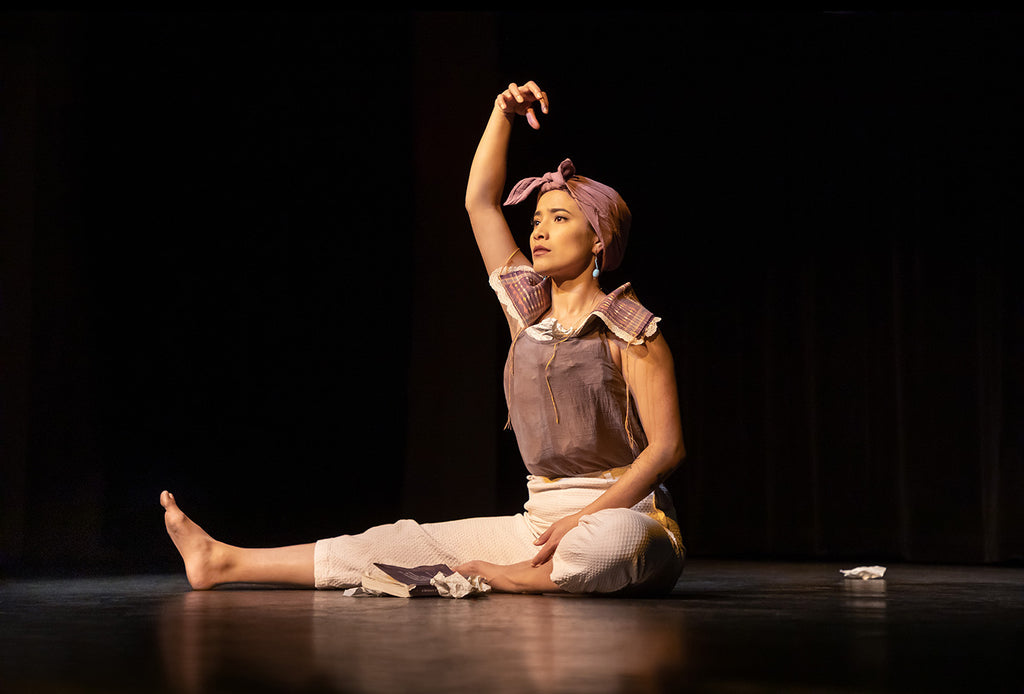

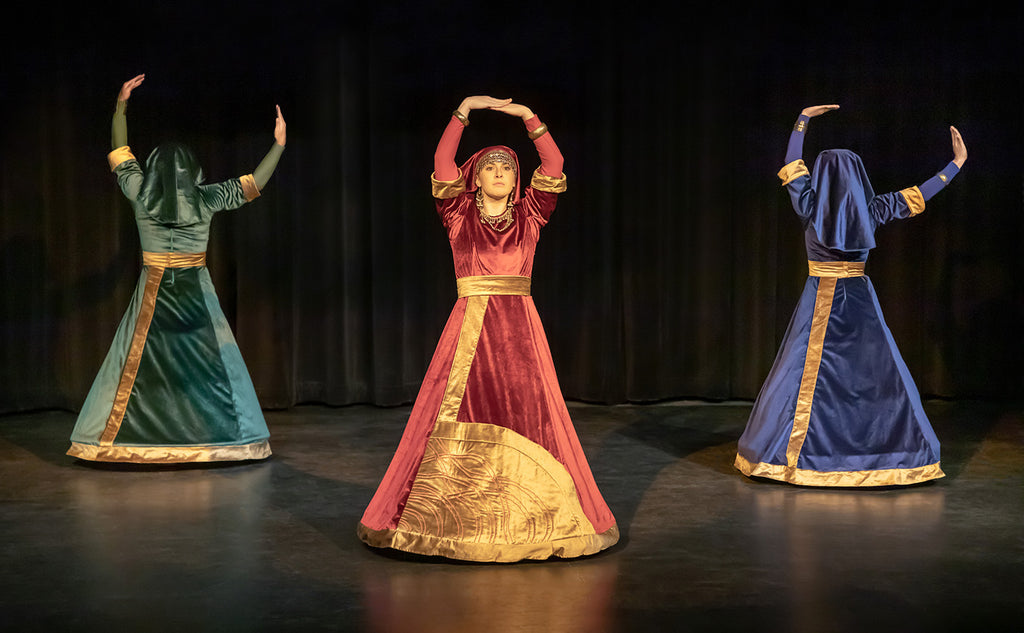
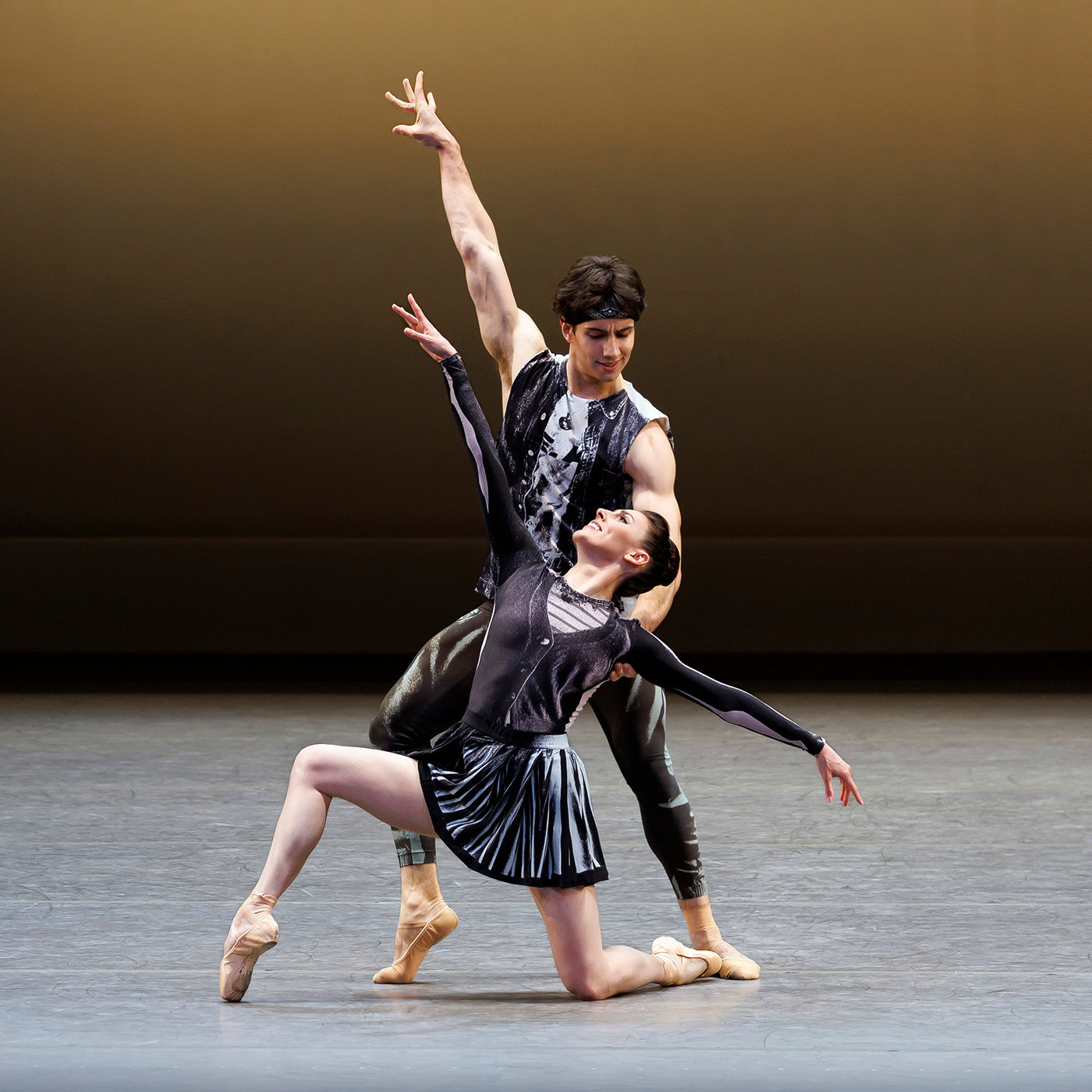
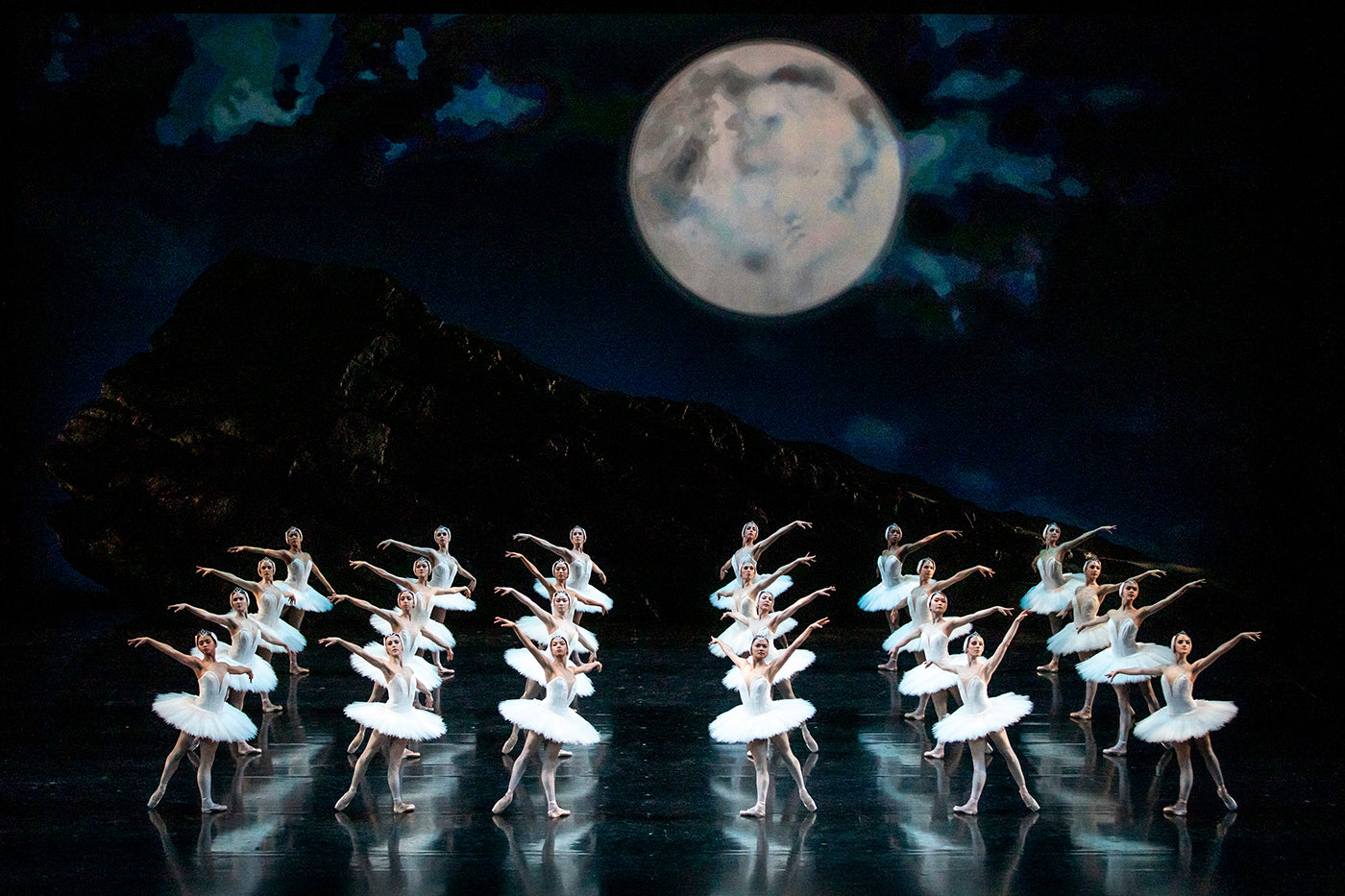
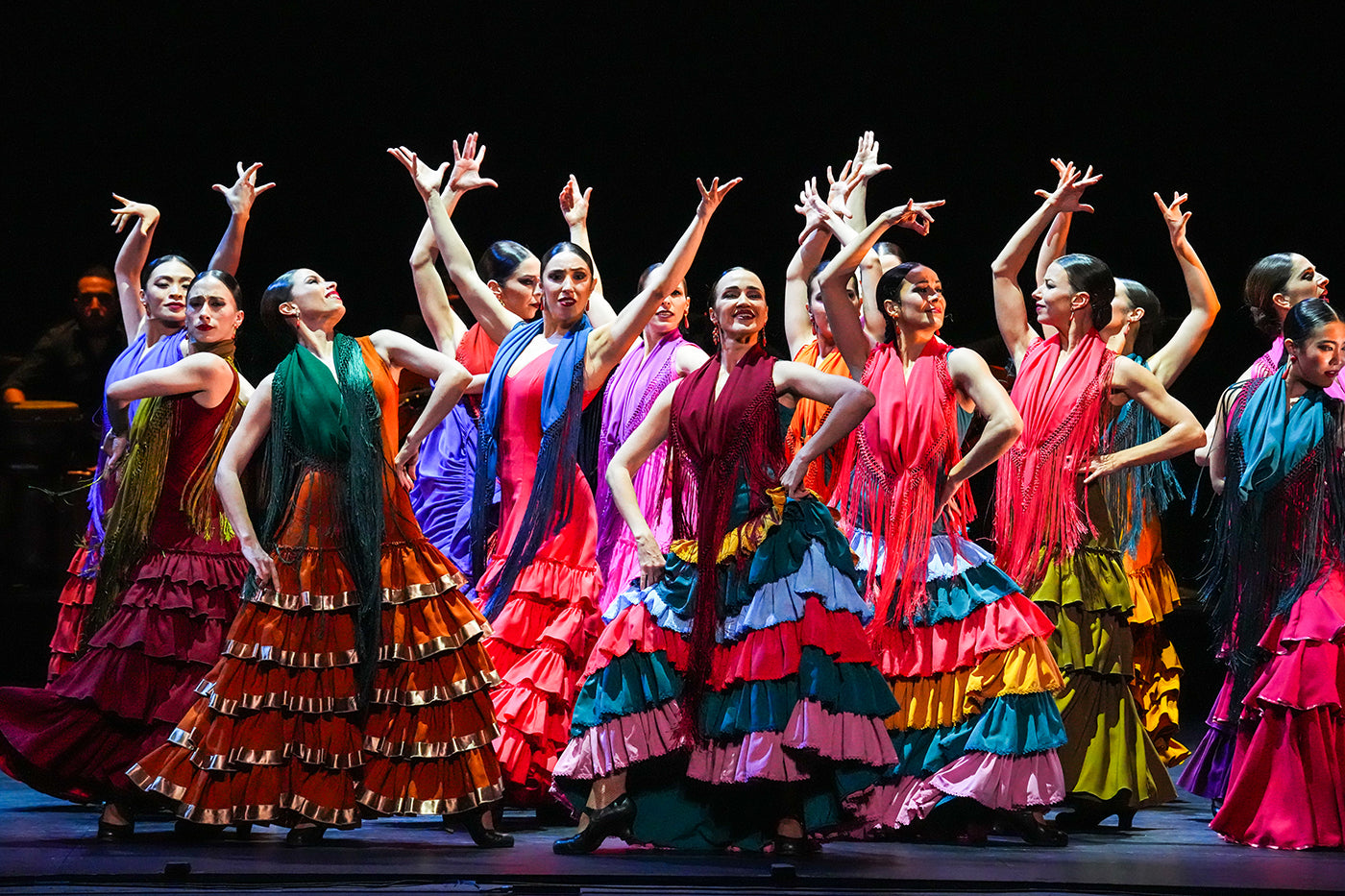
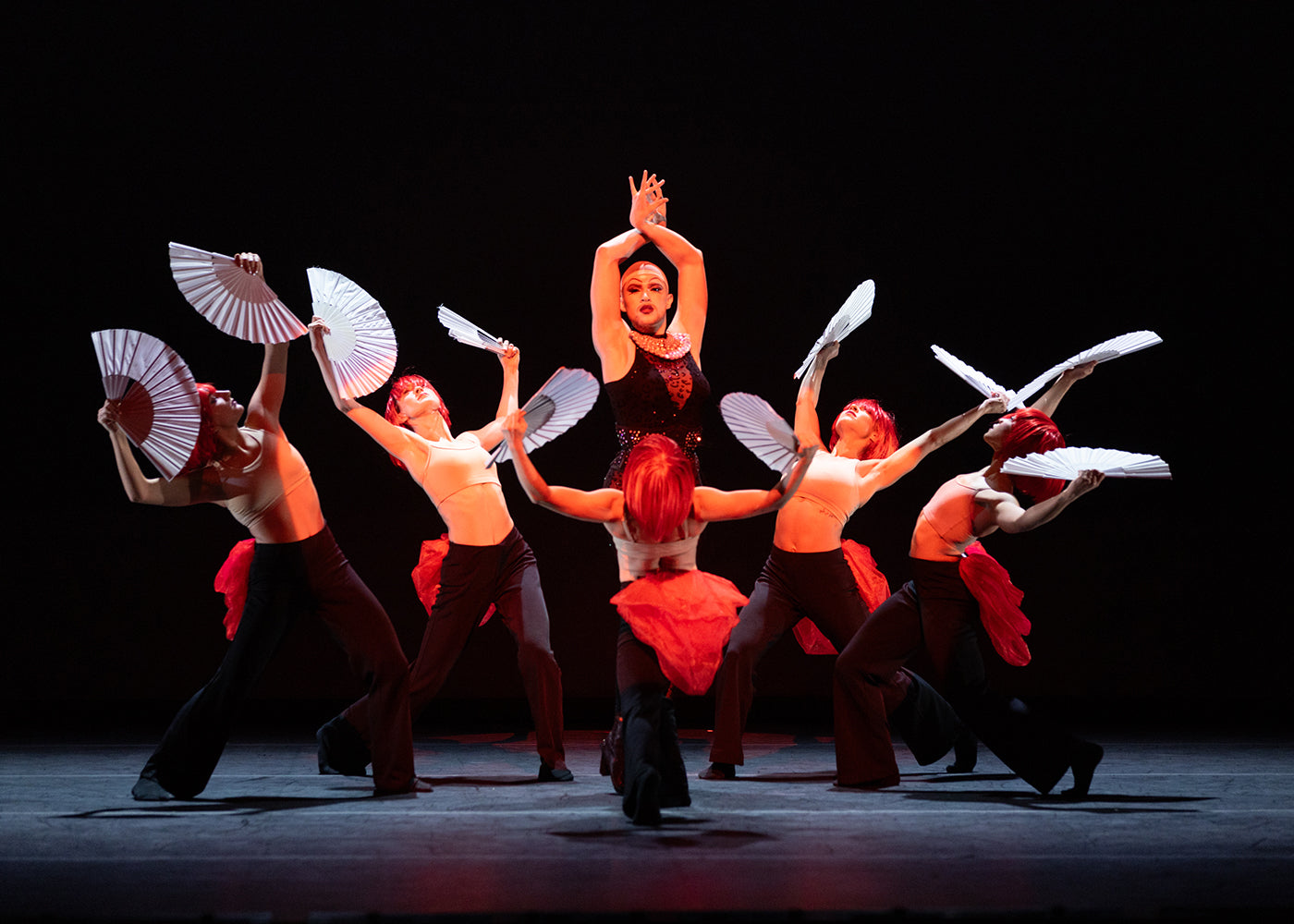
comments